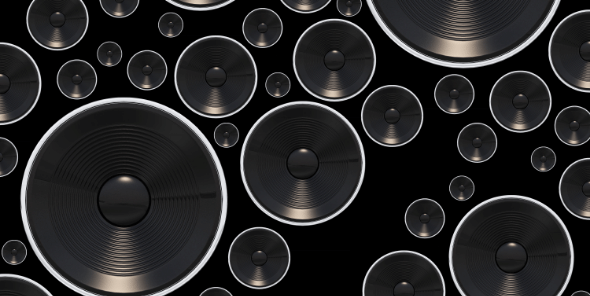Historically, the term “trademark” has been linked with name brands, logos, and other creative packaging and visuals. But it doesn’t stop there, you will be surprised to learn that sounds too can function as a trademark. How? Today, businesses are leveling up their game by introducing new methods of what could constitute a “trademark” in order to grab the attention and engage consumers’ senses- smell, taste, sound and touch, and of course sight.
Just like scent and taste marks, sounds can immediately catch the attention of consumers by creating a positive feeling in the minds of consumers which business and brand owners aim to capture through trademarks in order to create a unique consumer base. Sound marks are just as difficult to gain registration as other non-traditional marks owing to the challenges it faces in terms of protection considering how the sound was not initially recognized to be a “trademark”. This concern was taken up by the WTO Agreement on TRIPS which addressed and broadened the horizons of trademark law by reframing the legal definition (Article 15(1)) to include any sign that was capable of distinguishing goods or services of one undertaking from that of another to be capable of acquiring trademark registration and protection.
Sound marks have been long explored and protected in India and with the explicit recognition that was given to sound as a trademark under the latest Trade Mark Rules of 2017 which was issued on the 6th March 2017, businesses can now acquire distinct qualified protection to their creative branding and marketing strategies to attract consumers in today’s highly competitive market.
In India, the process of application for getting a sound trademark registration begins by sending the sound in an MP3 format which should not exceed 30 seconds in length and must be recorded in a clear and audible format. That’s not it, graphical representation is a key requirement that must be accompanied along with the MP3 formatting. The sound mark should be a graphical representation of the notions as per Rule 26(5). Just like other trademarks, sound marks too must be distinctive and should be able to be differentiated from other sound marks available previously. It must also exclusively be able to identify and associate itself with the line of goods and services of the line of business for it to be given registration and subsequently, protection under the Trade Marks Act,1999. Sound marks can either be registered as mechanical sounds or musical sounds.
In Australia, the sound marks are acceptable for registration as long as they can be represented by a “musical notation”. The Trademarks Office Manual of Practice and Procedure issued by the Australian Trademarks Office have laid down the requirements for a sound application. This includes the graphical representation of the mark. Secondly, the sound mark should contain a clear and accurate description of the trademark in the exact order and chronology of its introduction in the sound. This is a step-by-step detailed procedure which must be fulfilled by the Applicant at the time of application filling. And lastly, the recording of the sound must be capable of being played back on media and such a recording should be commonly and easily accessible and available.
Article 4 of the Council Recognition in the European Union makes it mandatory for a community trademark (CTM) to be capable of being represented graphically. Such a sign/mark must also be able to distinguish itself from its counterparts in the market. In the case of Shield Mark V Joost Kist, the EcJ reiterated the criteria as mentioned in Sieckmann V German Patent Office by stating the basic requirements of trademark registration to be:
– graphical representation by images, lines, or characters and
– such a representation to be clear, self-contained, accurate and precise, durable, easily accessible as well as intelligible and objective.
Because of such a stringent methodology of graphical representation in the EU, it places challenges on those applicants who want to register their sound marks and so, an applicant for a CTM is allowed to use musical notations in order to graphically represent their mark. It must be able to meet the Community Trademark Tests criteria for both registrability and distinctiveness.
The United States perspective slightly differs here, the test in order to establish if a sound can acquire trademark registration was elaborated in the case of In Re General Electric Broadcasting Co (T.T.A.B 1978) wherein it was held that sound mark registrations depended on the” aural perception of the listener which is often as fleeting as the sound itself. That means that the sound is so explicitly and inherently different that it is capable of attaching to the subconscious mind of the listener to be associated and identified with the source through which it struck the listener’s consciousness, also known as “source identifier”. Thus, for a sound mark to be protected in the United States, it must establish itself to be a distinctive source identifier, as in, when you hear the Yodelling sound jingle- you know it’s Yahoo! Often, distinctiveness is not a challenge faced by applicants registering a sound mark, what is difficult is to prove the functionality aspect of the mark, under the doctrine of functionality requirement.
In today’s highly competitive business environment, businesses seek to ensure they have a lasting impact on not only what the consumers can see but also what the consumers can hear, however, the challenges too are a subset of this unique marketing strategy and so, registration of a non-functional mark such as a sound is definitely worth registering if you have a sound that is uniquely associated with your business so that it can remain your own.




